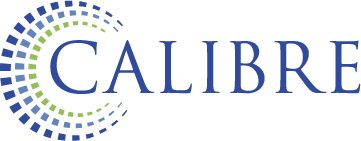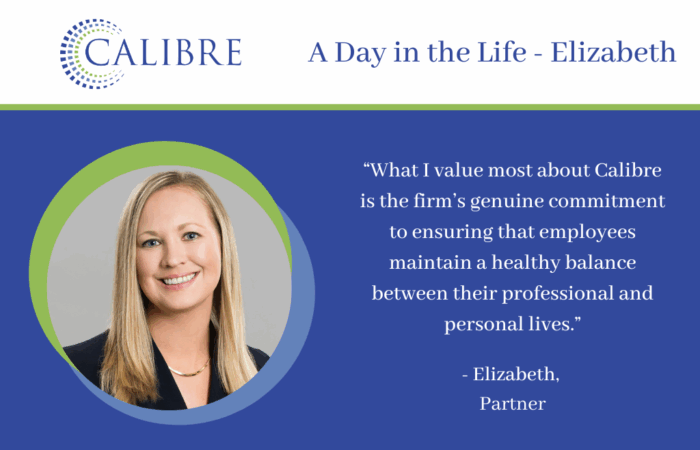Congress waited until late December to pass its tax extenders bill, but instead of just making the usual one year routine extenders, they made permanent several previously temporary tax benefits for individuals and business in addition to extending others. The Protecting Americans from Tax Hikes Act of 2015 (PATH Act) was signed into law and is retroactive to January 1, 2015. Following are some of the tax provisions most likely to affect taxpayers while filing 2015 tax returns.
Section 179 Expensing Election
Section 179 of the Internal Revenue Code allows businesses to claim an immediate deduction (subject to certain limitations) for the cost of certain tangible personal property acquired and placed in service during the year, instead of depreciating it over a certain number of years. The new law makes permanent the 2014 rules, indexing them for inflation beginning in 2016. For 2015, businesses can expense up to $500,000 in qualified assets subject to dollar-for-dollar phase-out once the cost of all qualifying property placed in service during the tax year exceeded $2 million. Without the PATH Act, the expensing limit and the phase-out amounts for 2015 would have decreased to $25,000 and $200,000 respectively.
Bonus Depreciation
It’s a mixed bag for bonus depreciation, which permits businesses to recover the costs of certain depreciable property quicker by claiming accelerated first year depreciation. It’s been extended, but only through 2019 and with declining benefits in the later years. For qualifying property place in service during 2015, 2016, and 2017, the bonus depreciation percentage is 50%. It drops to 40% for 2018 and 30% for 2019. Note that section 179 expensing could provide greater tax benefits than bonus depreciation depending on your situation. Please contact your tax advisor for more information.
Qualified Charitable Distributions (QCD)
The QCD allows taxpayers who are over 70 ½ to make charitable contributions of up to $100,000 annually directly from their IRA to charities. The contributions to charities are not claimed as tax deductions, but the distribution from the IRA is not taxed as income, making it a good pre-tax charitable contribution. And the QCD counts towards the taxpayer’s Required Minimum Distribution (RMD) obligations. The QCD rules lapsed at the end of 2014 but were made permanent by the PATH Act.
Work Opportunity Credit
The Work Opportunity credit for employers that hire individuals who are members of a “target group” has been extended through 2019. The PATH Act also expands the credit beginning in 2016 to apply to employers that hire qualified individuals who have been unemployed for 27 weeks or more. The maximum tax credit that can be earned for each member of a target group is generally
$2,400 per adult employee, but the credit can be as high as $9,600 per qualified veterans. And there is no limit on the number of eligible individuals that an employer can hire and take the credit.
S Corporation Recognition Period for Built-In Gains Tax
S corporation income generally is passed through to its shareholders, who pay tax on their share of its income. If a C corporation elects to become an S corporation, the newly created S corporation is taxed at the highest corporate rate (currently 35%) on all gains that were built-in at the time of the election and recognized during the recognition period. Generally, this period is 10 years, but the Path Act decreased it to five years, beginning on the first day of the first tax year for which the corporation was an S corporation.
Qualified Tuition and Expenses
The deduction for qualified tuition and fees has been extended just through 2016. It is an above-the-line tax deduction, meaning you can take it without itemizing. Taxpayers with income of up to $130,000 (joint) or $65,000 (single) can claim a deduction for up to $4,000 in expenses. There is a gradual phase out for taxpayers with income between $130,000 and $160,000 (joint) or between $65,000 and $80,000 (single).
Enhanced American Opportunity Tax Credit
In the past, college students were eligible for a $1,800 Hope Scholarship credit for tuition and related expenses in the first two years of post-secondary education. The Hope Scholarship credit phased out at an adjusted gross income (AGI) of $96,000 (joint) or $48,000 (single). In 2009 under the American Recovery and Reinvestment Act, the Hope Scholarship Credit was changed to become the American Opportunity Tax Credit, expanding the credit to $2,500 per year, allowing it for up to four years of postsecondary education, and raising the AGI phase outs to $160,000 (joint) and $80,000 (single). The American Opportunity Tax Credit was scheduled to lapse and revert to the old Hope Scholarship Credit at the end of 2017, but the new PATH Act makes the American Opportunity Tax Credit permanent.
Enhanced Child Tax Credit
The child tax credit is a $1,000 credit available for each “qualifying child” in the household. It phases out as modified AGI exceeds $110,000 (joint) and $75,000 (single). For lower income individuals who do not have even a $1,000 tax liability, the child tax credit becomes a refundable credit (called the “additional child tax credit”) for 15% of earned income over a threshold amount. In the past, the threshold amount was $10,000 and annually indexed for inflation, but since 2009 the threshold amount was reduced to $3,000 and not indexed for inflation. It would have lapsed back to $10,000 at the end of 2017, but the PATH Act makes the $3,000 threshold permanent for calculating the additional refundable portion of the child tax credit.
By: Lewis Chabot | Supervising Senior




